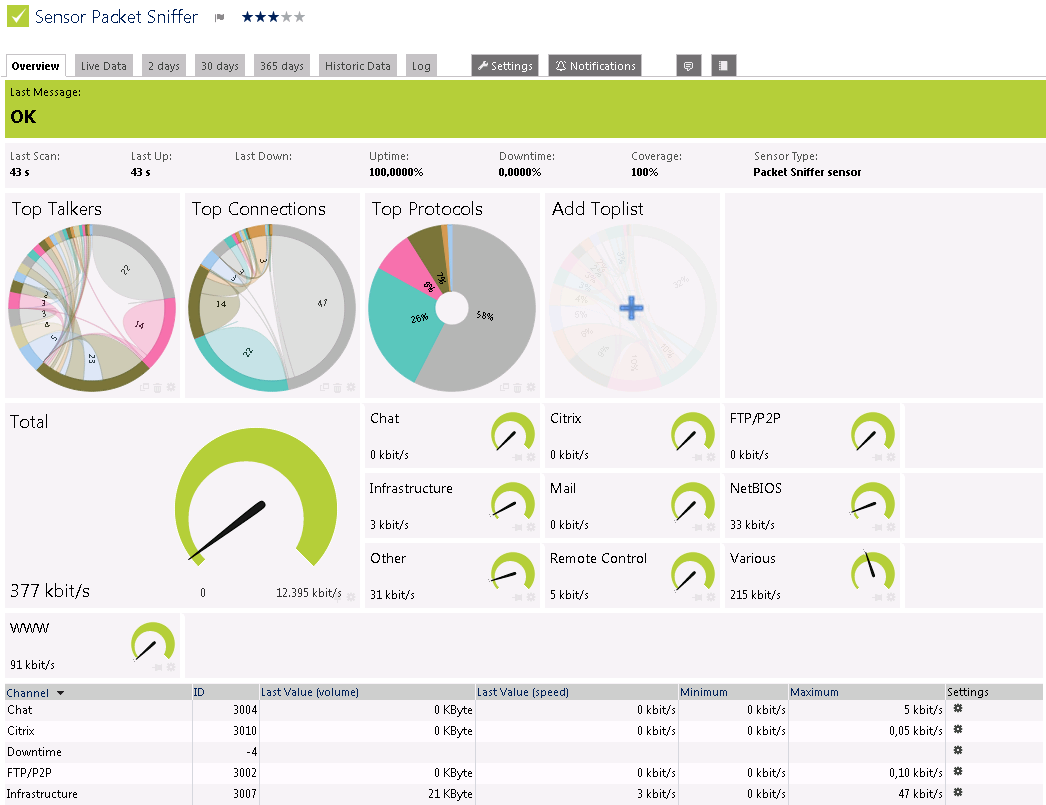

If you’re performing a packet capture on an especially large or busy network, a dedicated network tap might be the best option. Other types of networking equipment like firewalls and wireless access points also commonly have packet capture functionality. Many enterprise-grade switches and routers now have an embedded packet capture function that can be used to quickly troubleshoot right from the device’s CLI or web interface. On a router or switch, features known variously as port mirroring, port monitoring, and switched port analyzer (SPAN) allow network admins to duplicate network traffic and send it to a specified port, usually to export packets to a dedicated monitoring solution. Keep in mind this approach will also capture a limited view of the network on a wired network, for example, you’ll only see traffic on the local switch port your machine is connected to. For a more complete view of network traffic, you’ll want to put the interface in promiscuous mode or monitor mode.


By default, network interfaces only pay attention to traffic destined for them. No matter what approach is used, packet capture works by creating copies of some or all packets passing through a given point in the network.Ĭapturing packets from your own machine is the easiest way to get started, but there are a few caveats. The approach used depends on the end goal. There’s more than one way to catch a packet! Packet captures can be done from a piece of networking equipment like a router or switch, from a dedicated piece of hardware called a tap, from an analyst’s laptop or desktop, and even from mobile devices. Unlike active reconnaissance techniques like port scanning, capturing packets can be accomplished without leaving any trace behind for investigators. From a threat actor’s perspective, packet captures might be used to steal passwords and other sensitive data. Following a data breach or other incident, packet captures provide vital forensic clues that aid investigations. Capturing packets is a common troubleshooting technique for network administrators, and is also used to examine network traffic for security threats. The term can also be used to describe the files that packet capture tools output, which are often saved in the. Packet Capture refers to the action of capturing Internet Protocol (IP) packets for review or analysis. Get a Free Data Risk Assessment What is Packet Capture?


 0 kommentar(er)
0 kommentar(er)
